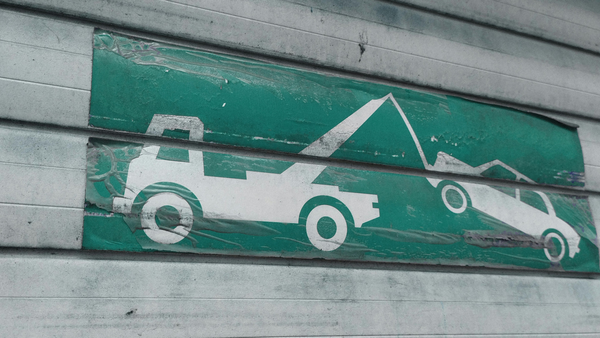
I’m almost convinced to switch my gas cooktop to an induction cooktop, but there’s one big factor that’s holding me back. Although price could be a reason, and the pans are an issue, there’s another aspect that’s putting my induction purchase on pause.
There’s a lot I love about induction cooking, including how well it melts chocolate, and the benefit of the Power Boost function. And I’ve reviewed a fair few during my time at Tom’s Guide, including Smeg’s portable induction cooktop. However, the one thing that is stopping me from making the switch has nothing to do with what you would expect.

My hesitation is based on a practical aspect related to storage, rather than the benefit of cooking with induction. And it’s all to do with the battle between induction and gas cooktops.
When only part of my gas cooktop is in use, or when it is not being used at all, I take advantage of the extra countertop space that the gas cooktop grates provide. So, instead of leaving the cooktop empty, I use it to store my Dutch oven, or to place my wooden chopping boards to dry.
I’ve become so accustomed to using this additional countertop space that I would miss it if I were to invest in an induction cooktop. However, you may ask why I couldn’t continue to use an induction cooktop in the same way as I use my gas cooktop for extra storage? My main concern is that I might damage the ceramic glass surface, despite its toughness and resistance to stains and scratches.
When I’m cooking and working quickly, I don’t want to be held back by having to be extra careful where I place items on my countertop. Having extra space on my cooktop allows me to work at a faster pace.
Induction features that outweigh my reservation

However, there are lots of features and practical aspects that I’d be happy to make the most of, including how easy an induction cooktop is to clean, and that's why my one reservation is not enough to dissuade me.
Each time I have to clear up spills and burnt-on food from my gas grates, I think of how much quicker it would be to wipe over an induction cooktop in one swoop. And it’s one of the three lessons I learned when I used an induction cooktop for the first time.
Additionally, induction cooking provides precise heat control, and there's a lower chance of boilovers occurring in the first place, as heat changes are instantaneous. Although getting used to the instant responsiveness can be one of the biggest learning curves when changing to induction. And it’s one of the cooking tips that induction experts share in 6 cooking tips to unlock your induction potential.
However, it won’t take you long to become familiar with the nuances of induction cooking, and become convinced that changing to an induction cooktop was the right decision.
Follow Tom's Guide on Google News to get our up-to-date news, how-tos, and reviews in your feeds. Make sure to click the Follow button.







